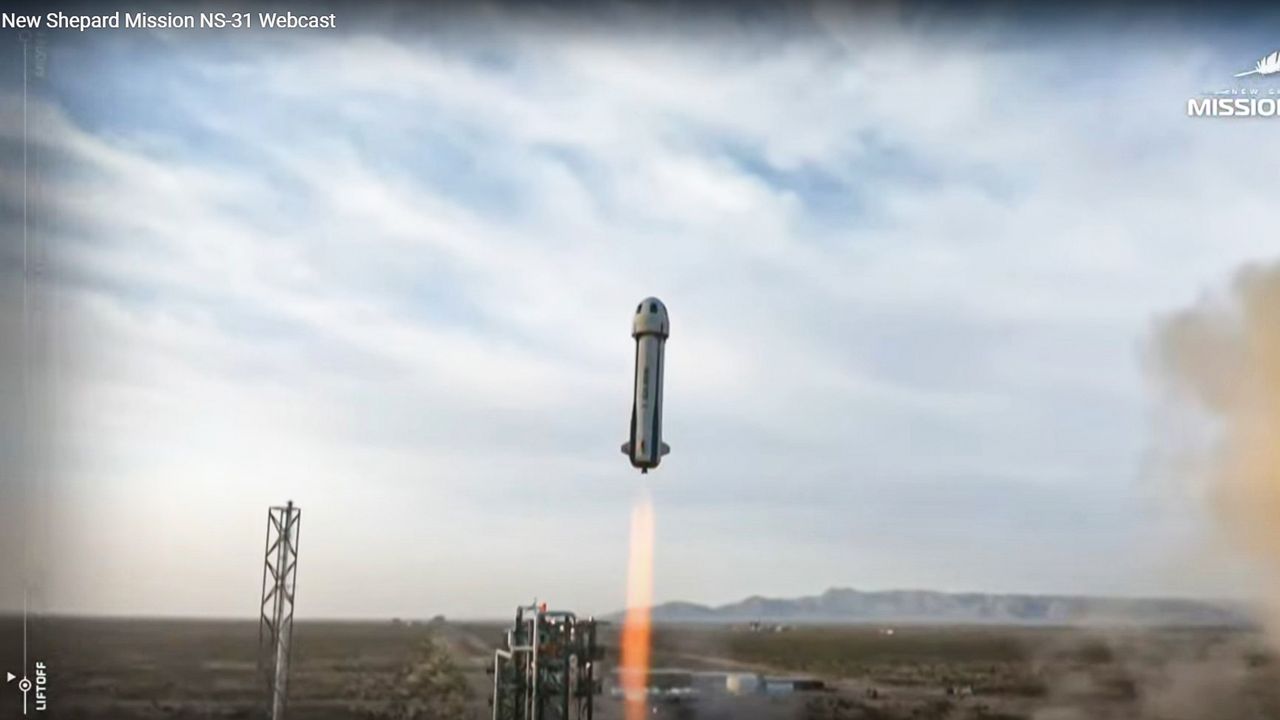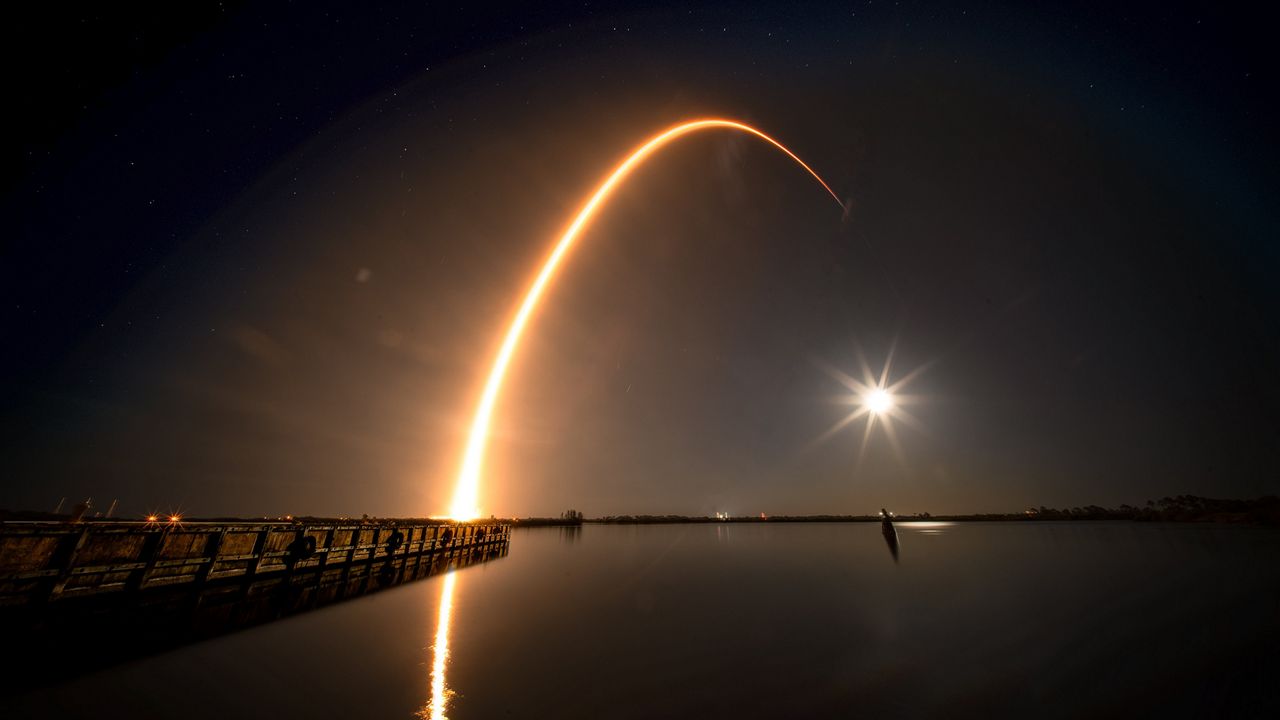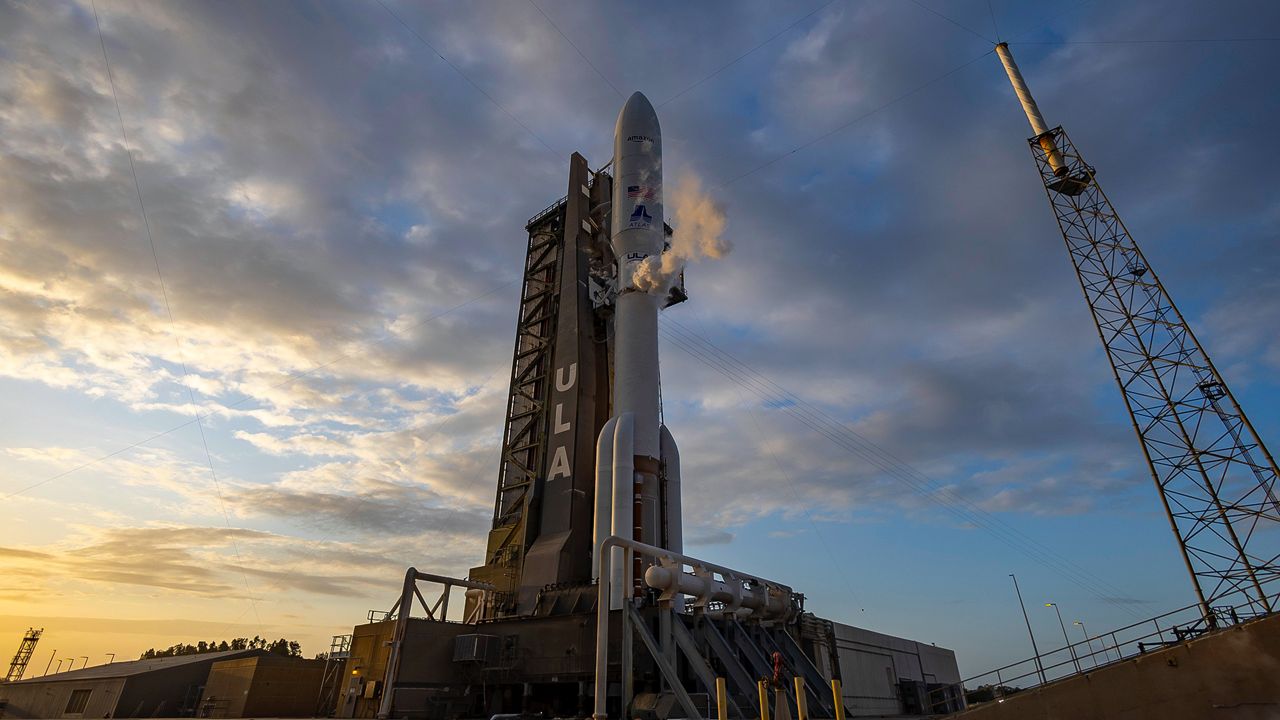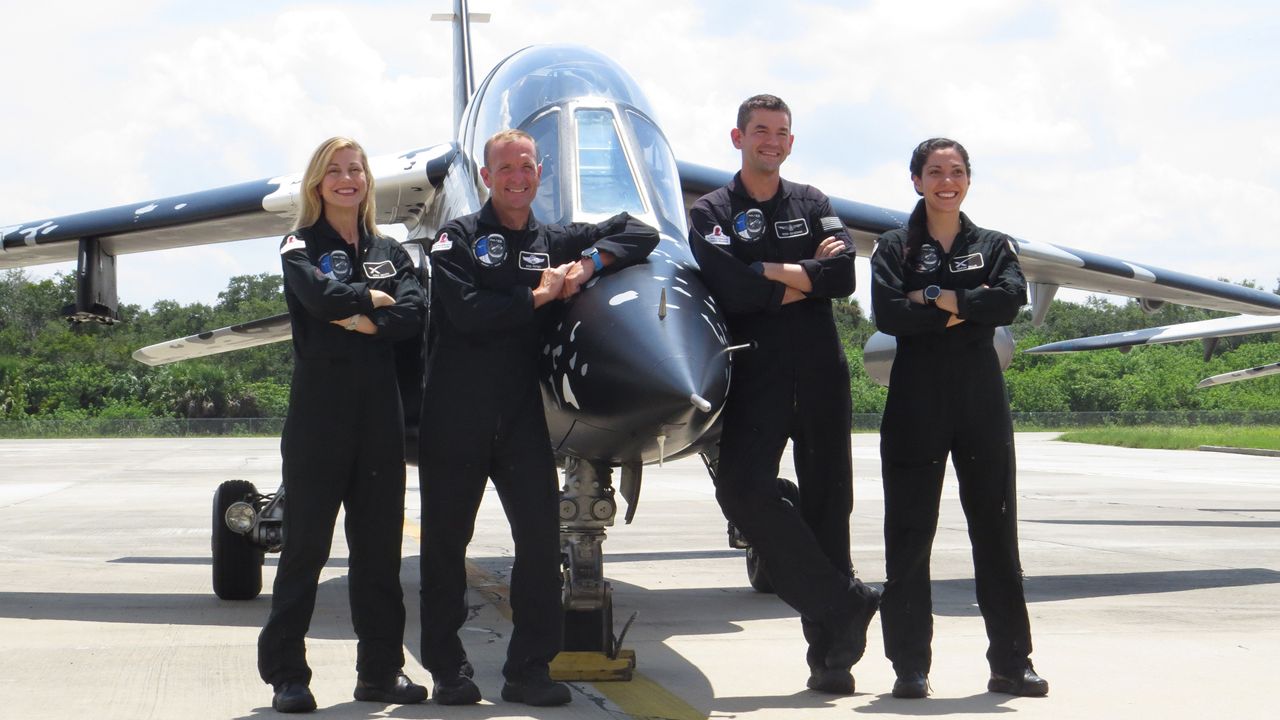CAPE CANAVERAL SPACE FORCE — For many in Florida who were under the flight path of SpaceX’s Dragon spacecraft as it was returning Axiom Space’s Ax-3 crew home on Friday, the clouds prevented an amazing view, but they could not stop the sonic boom that was heard.
What You Need To Know
- Many Sunshine State residents and visitors heard the sound barrier being broken
- Understanding how sonic booms are created
- Scroll down to listen to a sonic boom of a Falcon 9 rocket booster
- RELATED: Axiom Space’s Ax-3 crew is home in splashdown
Deorbit burn underway. After Dragon reenters Earth's atmosphere, it will fly over Mexico and Florida ahead of splashing down near Daytona, FL at ~8:30 a.m. ET pic.twitter.com/zXlrbm3FHR
— SpaceX (@SpaceX) February 9, 2024
Most of the time, many residents of the Sunshine State can hear a sonic boom whenever a SpaceX’s Falcon 9 rocket’s first-stage booster comes in for a landing at a landing zone in Cape Canaveral Space Force Station.

But what made the Ax-3 mission so different is that the Dragon spacecraft had to cross the state to reach the coast off Daytona Beach for a splash down. That means Friday’s sonic boom was heard by more people than usual, which for many, was a rare treat.
How sonic booms happen
The speed of sound in the air is about 767 mph (1,234 kph). Or imagine going one mile in 4.69 seconds.
But when an aircraft, or in this case a Dragon spacecraft, goes beyond the speed of sound, also known as the sound barrier, it creates the thunder-like sound of a sonic boom.
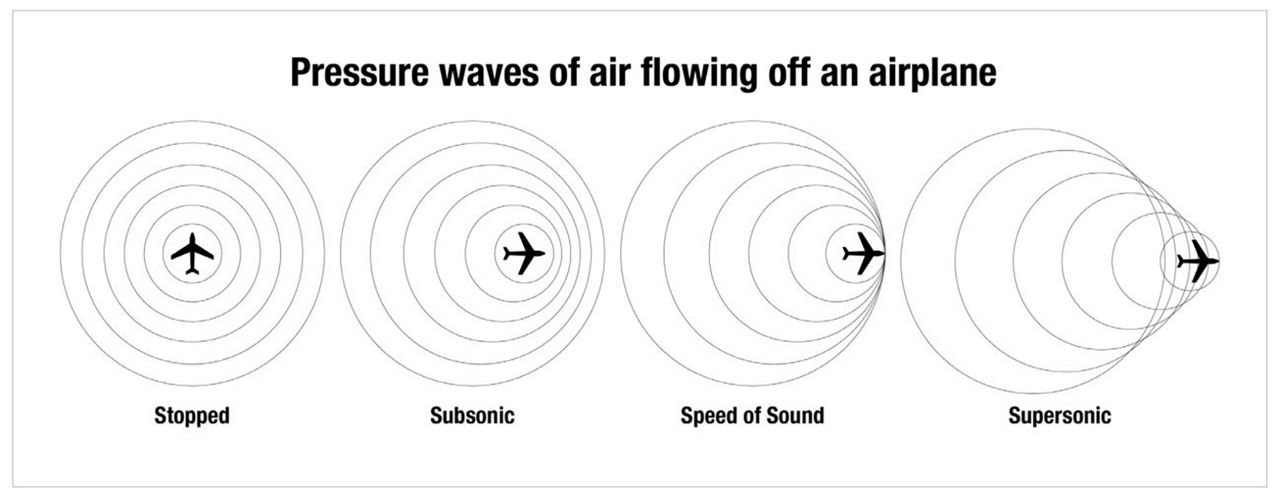
“Air reacts like a fluid to supersonic objects. As objects travel through the air, the air molecules are pushed aside with great force and this forms a shock wave much like a boat creates a bow wave. The bigger and heavier the aircraft, the more air it displaces,” NASA explained.
The results of a sonic boom, besides making a loud sound, vary from rattled windows, car alarms going off, frightening pets or making journalists jump while trying to record a booster landing.
#LIFTOFF: @SpaceX’s #Falcon9 #rocket sent @Axiom_Space’s #Ax2 on a journey to the @Space_Station.
— 🚀Anthony Leone🌕 (@AnthonyLeone) May 21, 2023
Here is a shot I took and at the end, you’ll hear the Falcon return in a sonic boom.
Find out more about the mission at @MyNews13 and @BN9: https://t.co/eF3IyPtuz1 pic.twitter.com/ec0RC60ytK
Training for those speeds
Either going up or down, astronauts and others have to train to deal with those speeds.
To give an idea of how fast the Ax-3 crewmembers were going, they started at an orbital speed of about 17,500 mph (2,816 kph) and ended at 16 mph (25 kph) during splashdown.
In a previous article, Steven Siceloff, the public affairs specialist at NASA’s Kennedy Space Center, told Spectrum News that astronauts go through a lot of training to handle those speeds.
“Handling higher G loads is a function of physical fitness and astronauts are very fit people. They train daily on the ISS and on Earth to maintain fitness,” he explained.





